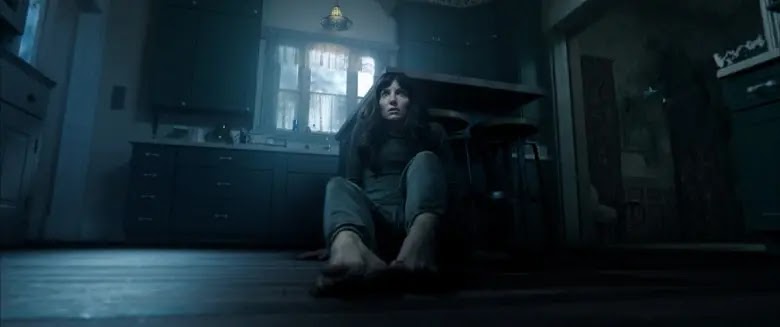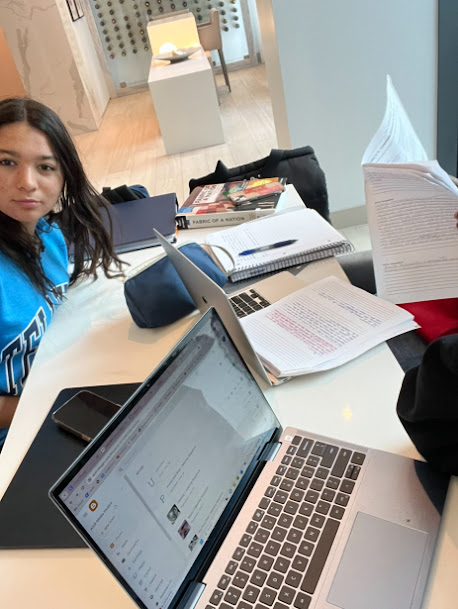Genre Research | Horror
CAMS:
In horror films, common camera angles include POV and Dutch Angles. Depending on the type of horror movie, some handheld shots are also used to build suspense. The movements are usually creeping movements to scare the audience. Low angles are used frequently to make a subject look bigger, and higher shots to make a subject look smaller or weaker.
EDITING:
To give a mysterious feel, it's very common for horror films to use a fade in/out sequence. To give shock, jump cuts and straight cuts are also frequently used depending on emotion meant to be perceived. When a movie is meant to portray violence but without being too gory, a cutaway is often used.
SOUND:
Sound-wise, it's common to use ambient sounds in order to give a specific aura to the scene. Creepy-sounding ambience is used to signify isolation, uncertainty, and fear. During jump scares, non-diegetic sound is used, particularly in older horror, to give a sudden jump towards the audience and scare them.
EXAMPLES:
- Black Swan (2010)
- Hereditary (2018)
- The Autopsy of Jane Doe (2016)

.JPG)

Comments
Post a Comment